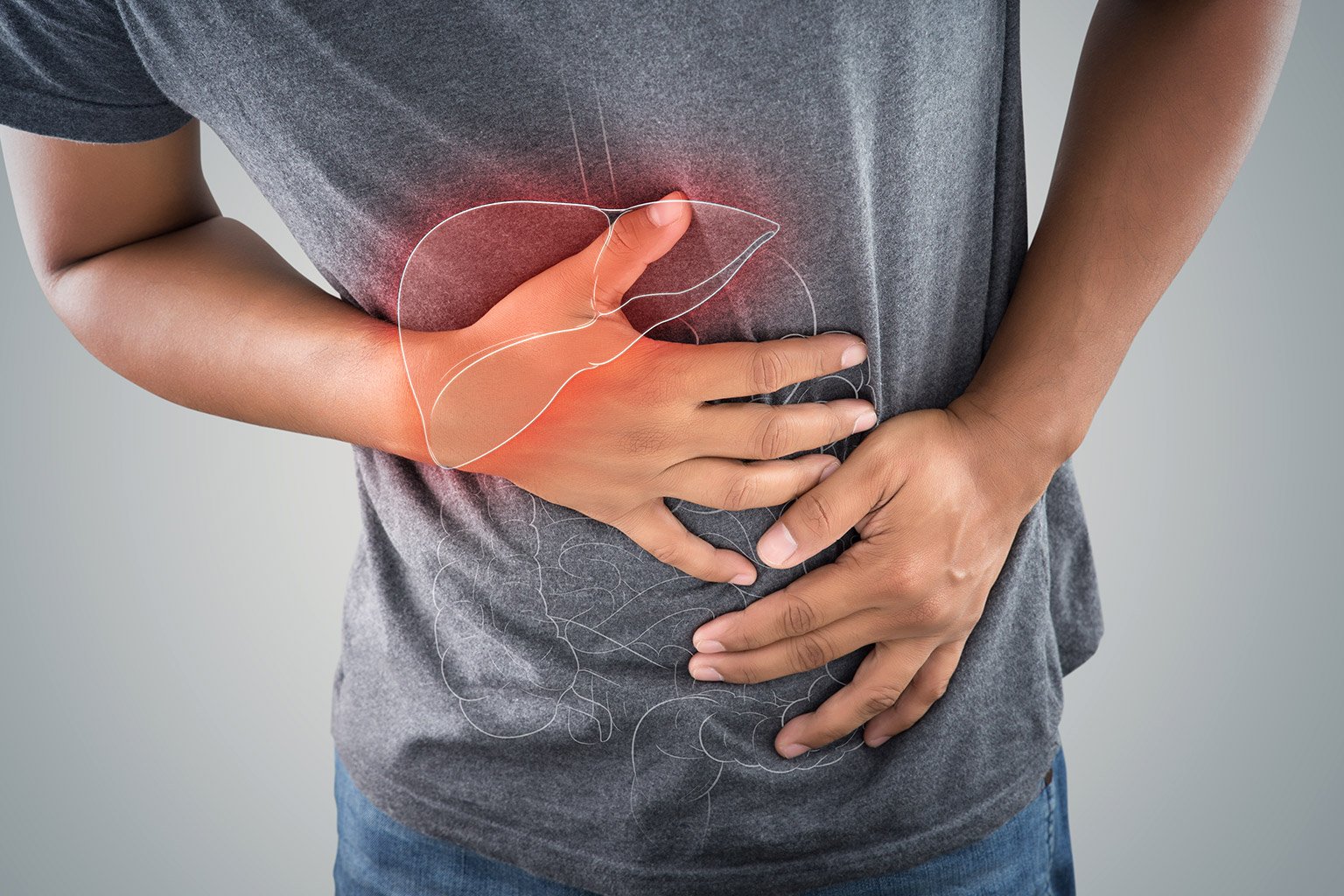Fatty liver disease and diabetes are two of the most common chronic health conditions worldwide, and their connection is deeper than most people realize. Both conditions are not only linked but also tend to worsen each other in a vicious cycle that can lead to severe complications. Understanding this complex relationship is essential for managing both diseases effectively and improving overall health outcomes.
What is Fatty Liver?
Fatty liver disease, also known as non-alcoholic fatty liver disease (NAFLD), occurs when excessive fat builds up in the liver cells. In its early stages, it may cause no symptoms, but over time, it can progress to liver inflammation, fibrosis, cirrhosis, and even liver failure. It is now one of the leading causes of chronic liver disease, primarily linked to obesity, poor diet, and sedentary lifestyle.
The Diabetes Connection
Diabetes, particularly Type 2 diabetes, is characterized by high blood sugar levels due to insulin resistance or insufficient insulin production. Insulin resistance is also a key driver of fat accumulation in the liver. This is why people with diabetes are at a much higher risk of developing fatty liver disease, and vice versa.
Studies show that up to 70% of people with Type 2 diabetes also have some form of fatty liver. Alarmingly, fatty liver itself increases the risk of developing Type 2 diabetes, even in individuals who are not yet diabetic.
How Fatty Liver Worsens Diabetes:
- Increased Insulin Resistance:
The liver plays a central role in maintaining blood sugar balance. When fat accumulates in the liver, it interferes with the liver’s ability to respond to insulin. This worsens insulin resistance, a key feature of Type 2 diabetes. As insulin becomes less effective, the pancreas tries to produce more, leading to higher insulin and glucose levels in the blood. - Chronic Inflammation:
Fatty liver often triggers chronic low-grade inflammation in the body. Inflammatory chemicals released from the liver and fat tissues disrupt normal insulin signaling. This inflammation makes it harder for the body to manage blood sugar effectively. - Liver’s Role in Glucose Production:
A healthy liver stores and releases glucose as needed. However, in fatty liver disease, the liver may produce too much glucose, contributing to high fasting blood sugar levels seen in diabetes. - Impact on Lipid Metabolism:
Fatty liver disrupts normal fat metabolism, leading to increased triglycerides and bad cholesterol (LDL), both of which are risk factors for heart disease, another common complication of diabetes.
How Diabetes Worsens Fatty Liver:
- Hyperglycemia (High Blood Sugar):
Chronic high blood sugar levels in diabetics lead to more fat accumulation in the liver. The excess glucose is converted into fat, worsening fatty liver disease. - Insulin Resistance Feedback Loop:
As diabetes progresses, the body becomes increasingly resistant to insulin. This resistance contributes to more fat storage in the liver, further aggravating fatty liver disease. - Oxidative Stress and Fibrosis:
Diabetes increases oxidative stress, which can damage liver cells and accelerate the progression of simple fatty liver into non-alcoholic steatohepatitis (NASH), a more severe form that can lead to scarring (fibrosis) and liver failure. - Weight Gain:
Many people with Type 2 diabetes struggle with weight management. Obesity, particularly abdominal fat, significantly increases the risk of fatty liver. Weight gain further fuels both conditions.
The Vicious Cycle
The relationship between fatty liver and diabetes is truly a two-way street. Fatty liver increases the risk of developing diabetes, and having diabetes significantly worsens liver health. Together, they can contribute to other life-threatening conditions such as heart disease, kidney disease, and even certain cancers.
If left unmanaged, the cycle of insulin resistance, liver fat accumulation, and high blood sugar can spiral out of control, leading to multiple organ damage.
How to Break the Cycle:
- Weight Loss:
Even a modest weight loss of 5-10% can significantly improve liver fat and insulin sensitivity. - Healthy Diet:
A balanced diet rich in vegetables, fruits, whole grains, lean proteins, and healthy fats (like omega-3s) can reduce liver fat and stabilize blood sugar. Avoid processed foods, sugary drinks, and excessive refined carbohydrates. - Regular Exercise:
Physical activity improves insulin sensitivity and helps burn liver fat. Aim for at least 30 minutes of moderate exercise most days of the week. - Control Blood Sugar Levels:
Proper management of diabetes through medication, diet, and lifestyle changes is crucial to prevent fatty liver from worsening. - Regular Screening:
Those with diabetes should be regularly screened for fatty liver, and vice versa, for early detection and treatment.
Conclusion
Fatty liver and diabetes are two sides of the same coin, tightly intertwined through the complex mechanisms of insulin resistance, inflammation, and metabolic imbalance. The good news is that both conditions are highly responsive to lifestyle changes and proper medical care. By taking proactive steps to manage weight, diet, and blood sugar, individuals can break the vicious cycle and protect their liver and overall health.
Do Follow Us On Instagram







